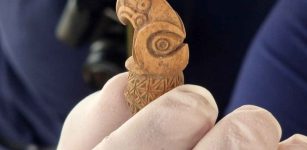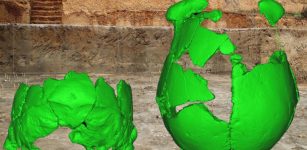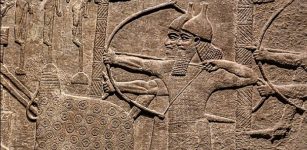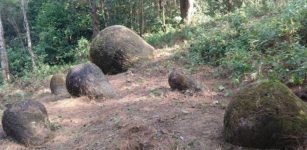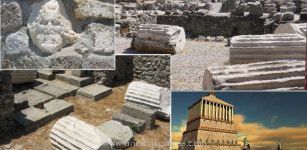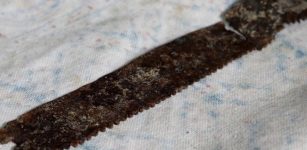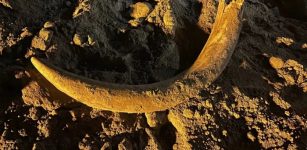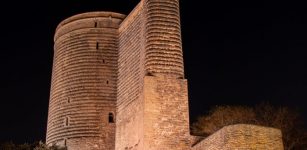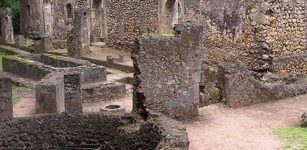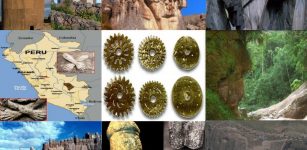Remains of Santorini Volcanic Eruption Discovered West Of Suez Canal
AncientPages.com - Archaeologists have found new evidence that suggests date of origin of Tel Al-Dafna site, located at the Al-Qantara West area in Ismailiya, 11 kilometres west of the Suez Canal,informed Antiquities Ministry Mamdouh al Damaty.
The team found lava remains of the Santorini volcanic eruption, which is estimated to have occurred around 1,500 B.C.
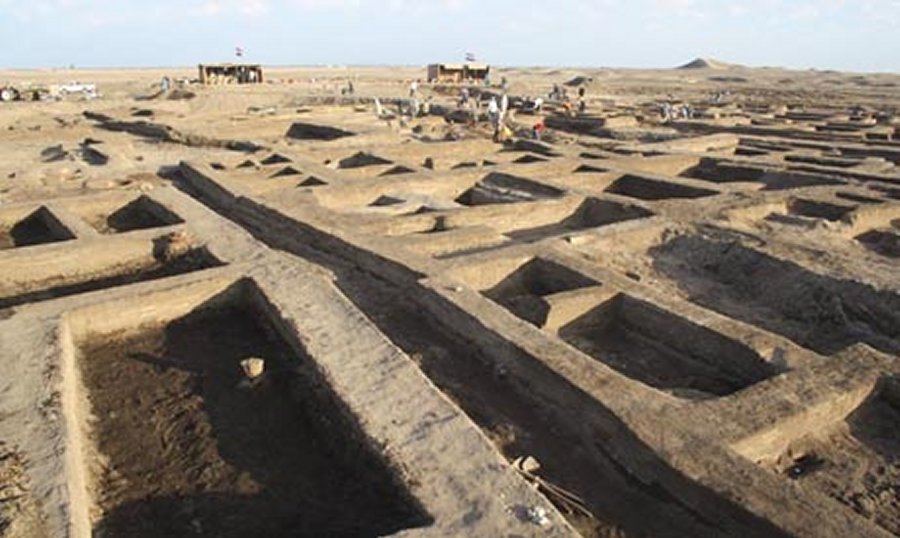
The oldest archaeological evidence discovered in Tel Al-Dafna dates back to the ancient Egyptian 26th dynasty, though the lava remains can be from an era before the 26th dynasty. Credits: Egyptian Ministry of Antiquities
“The eruption was not only the first natural disasters to hit the Mediterranean Sea but also was one of the largest volcanic events on the history of mankind,” said Damaty.
It has caused a severe damage to the ancient Greek Island of Thera (modern-day Santorini) along with agricultural communities on nearby islands.”
Mohamed Abdel Maqsoud, head of the archaeological committee of the Horus Road development project said that “the expedition unveiled a fortified island surrounded by a mud brick enclosure wall which worked as barriers to protect the island from potential tsunamis.”
The volcano is considered the first destructive environmental phenomenon from the Mediterranean to hit Cyprus in antiquity.
Minister of Antiquities Mamdouh Eldamaty described the discovery as “very important” because it would help in uncovering more history from the Tel Al-Dafna site.
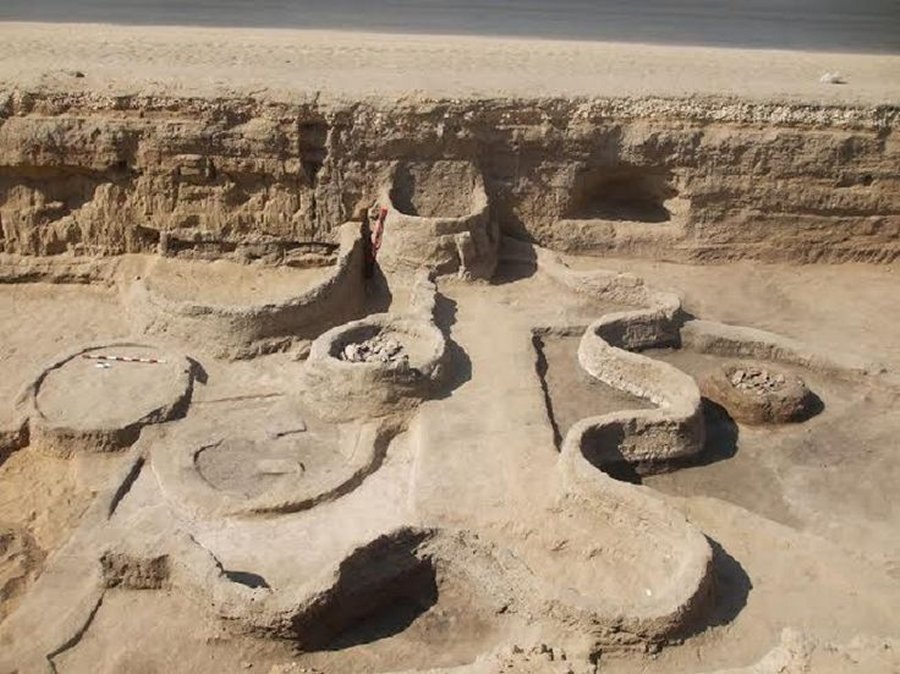
In addition to the citadel, King Psamtik I built two other forts; one in the Marya area on the north coast to protect the country from Libyan invasion, and the other on Elephantine Island in the Upper Egypt's Aswan to stand against Ethiopian threat. Credits: Egyptian Ministry of Antiquities
The oldest archaeological evidence discovered in Tel Al-Dafna dates back to the ancient Egyptian 26th dynasty, though the lava remains can be from an era before the 26th dynasty.
The team has also uncovered part of a fortified island surrounded with mud and brick shields used as wave breakers as well as to protect the west side of King Psamtik I’s citadel from floods.
In addition to the citadel, King Psamtik I built two other forts; one in the Marya area on the north coast to protect the country from Libyan invasion, and the other on Elephantine Island in the Upper Egypt's Aswan to stand against Ethiopian threat.
Abdel-Maqsoud pointed out that a collection of mastaba remains, the ruins of industrial workshops, ovens for melting metals, and baking bread were also found.
A collection of fish and crocodile fossils was also unearthed.
AncientPages.com
source: Ahram Online


